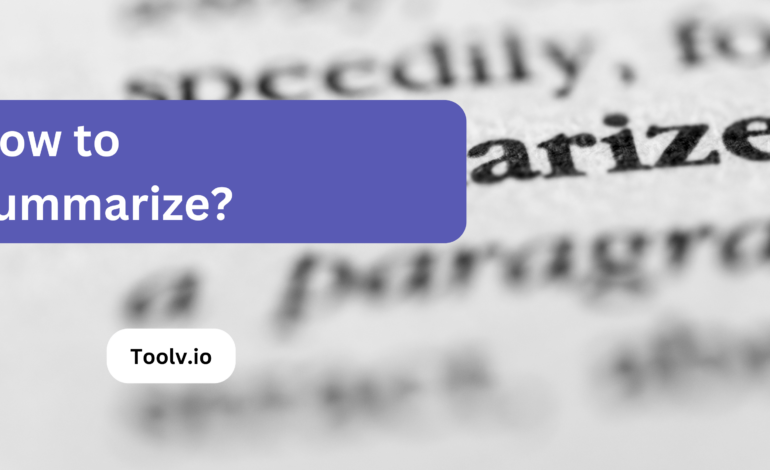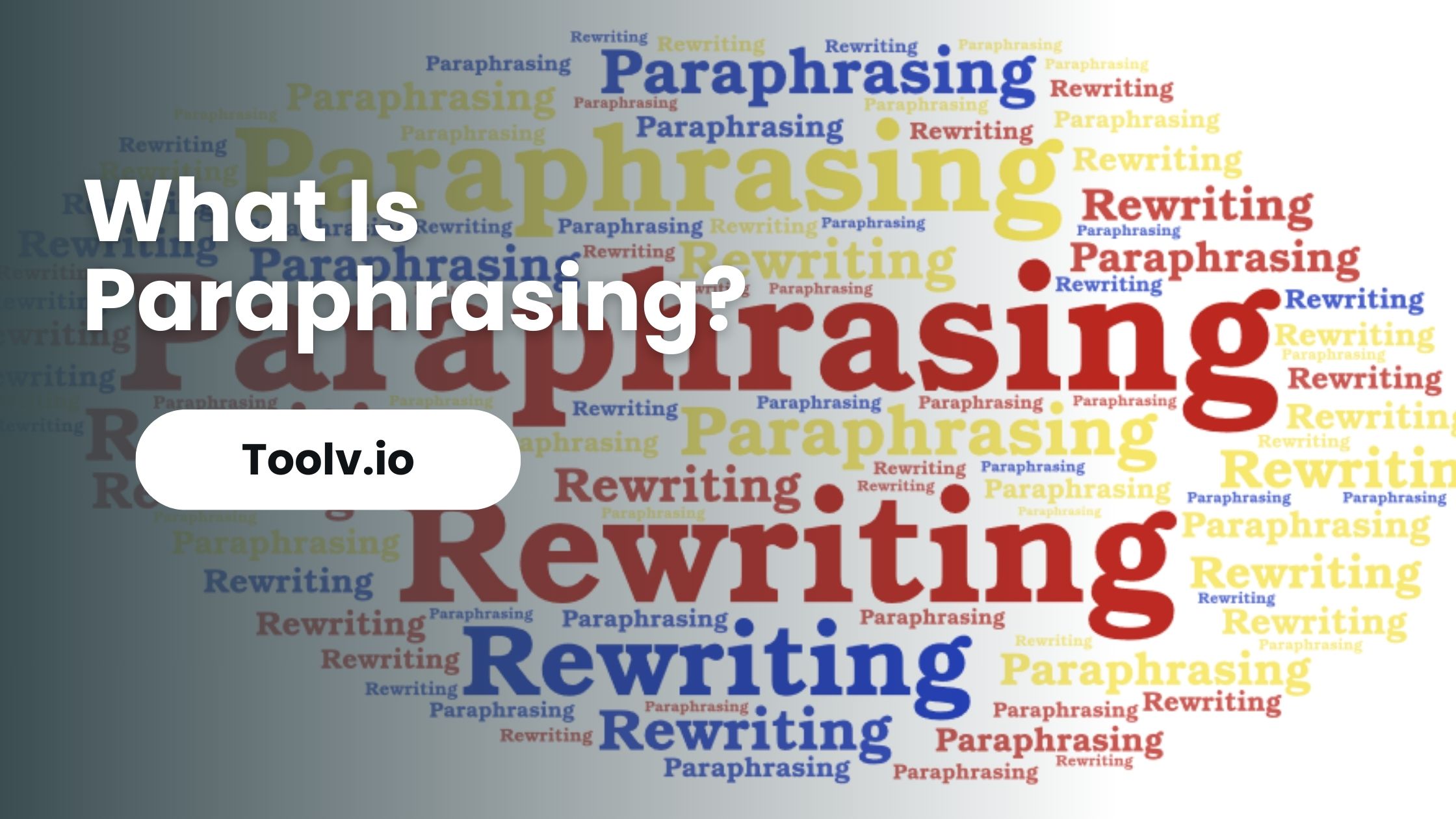How to Summarize an Article?

Summarizing an article means giving a brief and clear overview of the main points it contains. It’s like giving someone the essence of the article without them having to read the whole thing.
In this article, we will discuss the steps and tips for effectively summarizing an article. You’ll learn how to pick out important information and how to put it into your own words, making it simple for anyone to understand.
How to Summarize an Article?
Summarizing an article involves picking out the main points and presenting them in a short, clear way.
First, read the article thoroughly to understand its core message. Identify key ideas and arguments, focusing on the main theme.
Then, put these ideas in your own words. Your summary should be a condensed version of the article, highlighting its main points without including your own opinions.
Aim to cover the who, what, when, where, why, and how of the article.
Remember, a good summary is brief and sticks closely to the article’s original content, making it easy for anyone to grasp the essence of the article quickly.
What Are the 7 Steps in Writing a Summary?
- Read the Original Text: Begin by thoroughly reading the original material. Ensure you understand the main ideas and overall message. This step is crucial for accurately representing the content in your summary.
- Identify Main Points: Extract the main points or arguments from the text. Focus on the core ideas that are essential to the author’s message. This will form the backbone of your summary.
- Understand the Theme or Argument: Grasp the central theme or argument. This understanding helps in conveying the essence of the text in your summary.
- Begin Writing the Summary: Start drafting the summary, focusing on the main points identified. Ensure that the summary is concise and to the point, covering all critical aspects of the original text.
- Use Your Own Words: Paraphrase the content using your own words while remaining faithful to the original meaning. This demonstrates understanding and avoids plagiarism.
- Keep it Objective: Maintain an objective tone and avoid including personal opinions or interpretations. A summary should reflect the author’s ideas, not your own.
- Review and Revise: Finally, review your summary. Check for accuracy, clarity, and conciseness. Ensure that it represents the original text’s key points without any distortion or unnecessary details.
What Is the Best Way to Summarize?
1. Read the whole text to understand its main idea. Focus on the main points and supporting details. Ignore less important parts. Write down these key points in your own words. Avoid adding your own thoughts.
2. Organize these points logically. The summary should flow smoothly, following the original text’s structure. Start with the main idea, then the supporting points. Keep it concise, only include necessary details.
3. Revise your summary. Check if it’s clear and accurate. Make sure it’s short but still gives a complete picture of the original text. This ensures your summary is useful and easy to understand.
What Is an Example of a Summary?
Certainly! Let’s take the classic fable “The Tortoise and the Hare” as an example for a summary.
Original Story:
In the story “The Tortoise and the Hare,” a hare teases a tortoise for his slow pace. The tortoise challenges the hare to a race. Confident of winning, the hare takes a nap midway through the race.
The tortoise, maintaining a steady pace, overtakes the sleeping hare and wins the race. The moral of the story is that slow and steady wins the race.
Summary:
In “The Tortoise and the Hare,” a slow tortoise wins a race against a fast but overconfident hare. Despite the hare’s early lead, his decision to nap allows the steady-moving tortoise to pass him and secure victory.
The story teaches that consistency and perseverance are more reliable than speed and overconfidence.
FAQs
What are the key steps to summarize an article?
To summarize an article, first read it thoroughly to understand the main points. Identify the central idea and supporting details. Then, in your own words, write a brief overview that includes the main theme and key points, avoiding personal opinions or extraneous information.
How long should a summary be compared to the original article?
A summary should be significantly shorter than the original article, typically about one-fourth to one-third of the original length. The goal is to condense the material while retaining the essential points.
Is it necessary to include examples and data from the article in the summary?
Generally, it’s not necessary to include all examples and data from the article in the summary. Focus on summarizing the main arguments and conclusions. However, including a key example or piece of data can be useful if it’s central to understanding the article’s main point.
How can I avoid plagiarism when summarizing an article?
To avoid plagiarism, always write the summary in your own words and do not copy sentences directly from the article. It’s also important to give credit to the original author for their ideas.
Conclusion
Summarizing an article effectively involves highlighting its key points while maintaining the original meaning. Start by identifying the main arguments and themes.
For a more streamlined approach, Toolv.io’s Paraphrasing Tool can be helpful. It rephrases the content, ensuring it remains true to the original context. This tool simplifies the process, making the summary accessible and easy to understand.





